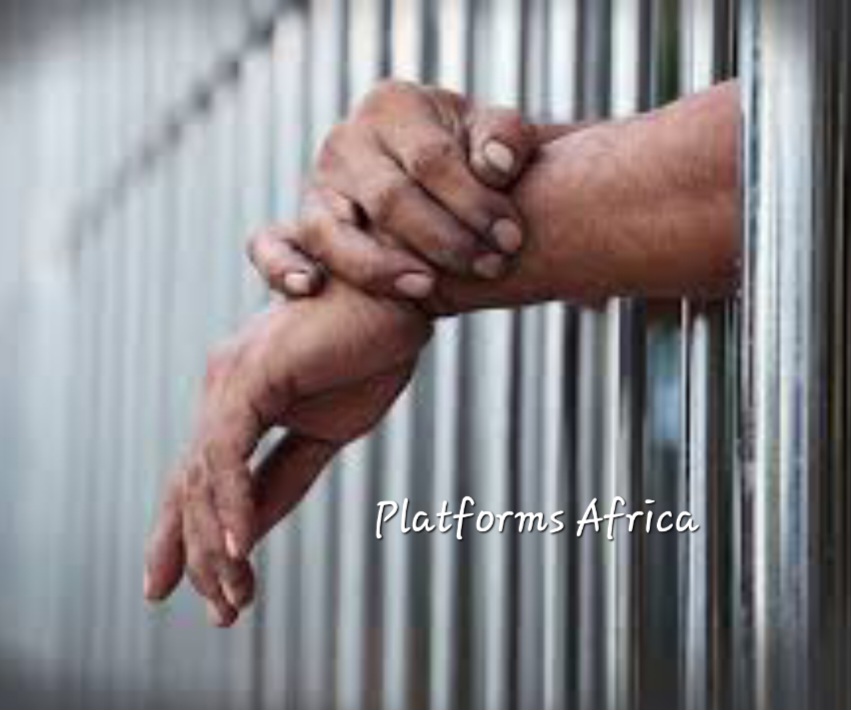Covid-19 vaccine results from Pfizer Inc. and BioNTech SE fueled optimism that the world will soon have a potential way out of the pandemic, yet experts cautioned that the shot still has many hurdles to clear, Times of India reported.
Questions about production, distribution and, most importantly, the performance and capability of the shot itself still need to be answered, even if the numbers look highly promising, according to vaccine specialists.
The vaccine needs to be refregerated below -80 degree and no facility in all the developing countries like Nigeria has provision for this.
The Pfizer trial started less than four months ago, and how long the vaccine will confer protection and how many will benefit are almost complete unknowns for now.
“The key question still centers upon time,” said Michael Kinch, a drug development expert and associate vice chancellor at Washington University in St. Louis. “Will time tell us that the protection remains useful for the larger population?”
In a remarkable scientific feat – achieved without funding from the US vaccine accelerator known as Operation Warp Speed — Pfizer and BioNTech produced positive results just over 11 months after the emergence of Covid-19 in China.
An early analysis of data from the trial of more than 40,000 volunteers suggested the vaccine was more than 90% effective in preventing the illness, the partners said Monday, the same day the US surpassed 10 million total cases.
The results were published in a press release, not a peer-reviewed journal study. Nonetheless, they electrified investors, as stocks surged and bonds tumbled around the world. The S&P closed at a two-month high, while travel and entertainment stocks rebounded after months of pandemic damage.
The likely success of the first vaccine in a large, late-stage trial raised hopes that others, like those developed by Moderna Inc. and AstraZeneca Plc with the University of Oxford, will also work. Yet infectious disease researchers cautioned against getting too excited over the limited data that Pfizer has revealed.
Too Early
The companies’ statement “does not at all tell us about just what they’ve actually accomplished,” said Michael Osterholm, director of the Center for Infectious Disease Research and Policy at the University of Minnesota, during a radio interview Monday. “It’s really too early to put any definition to what this new vaccine research shows us.”
The headline number of 90% reduction in symptomatic cases says little about what kind of cases are being prevented. Detail on how well the vaccine works in the elderly and other vulnerable groups who most need protection is yet to come.
About half the trial participants are elderly, and it’s possible to project from the current results that the efficacy among older people should be above 80%, BioNTech Chief Executive Officer Ugur Sahin said. More analysis is needed to be sure, he said.
A shot that prevents serious disease would be important for relieving pressure on overloaded hospitals and emergency rooms. The current data analysis doesn’t include any severe cases, but they’re expected to occur as the study continues, Pfizer Senior Vice President William Gruber said.
It still may be difficult to accrue the five severe cases that the US Food and Drug Administration has said it wants to see in vaccine trials, because the rate of serious infections has gone down as the pandemic progressed and treatment has improved, he said.
Pfizer expects to have accumulated two months of safety data for people in the trial by next week. If there are no unforeseen problems, the company could apply for an emergency use authorization in the US soon after that, potentially this month.
At that point, FDA’s internal reviewers will first pore over the safety, efficacy and manufacturing data. The agency also has promised a review by outside experts to increase public confidence in any vaccine authorized. A date for that hearing hasn’t been set yet.
If an emergency authorization is granted, a second committee of outside experts convened by the Centers for Disease Control and Prevention will quickly weigh in to decide who should get the vaccine first. Only then will distribution begin.
All this means that even if Pfizer’s data hold up, it may be late December or even early January before a vaccine becomes available. At that point there might be around 50 million doses worldwide, enough for 25 million people.
In an interview late last month, Richard Hatchett, chief executive officer of the Coalition for Epidemic Preparedness Innovations, said that if a vaccine crosses the line, there could be uncertainties about the durability of protection and how often people may need booster shots. The number of doses available would also probably be unclear. Global vaccine supplies might begin to catch up with demand at some point in 2022, he said.





